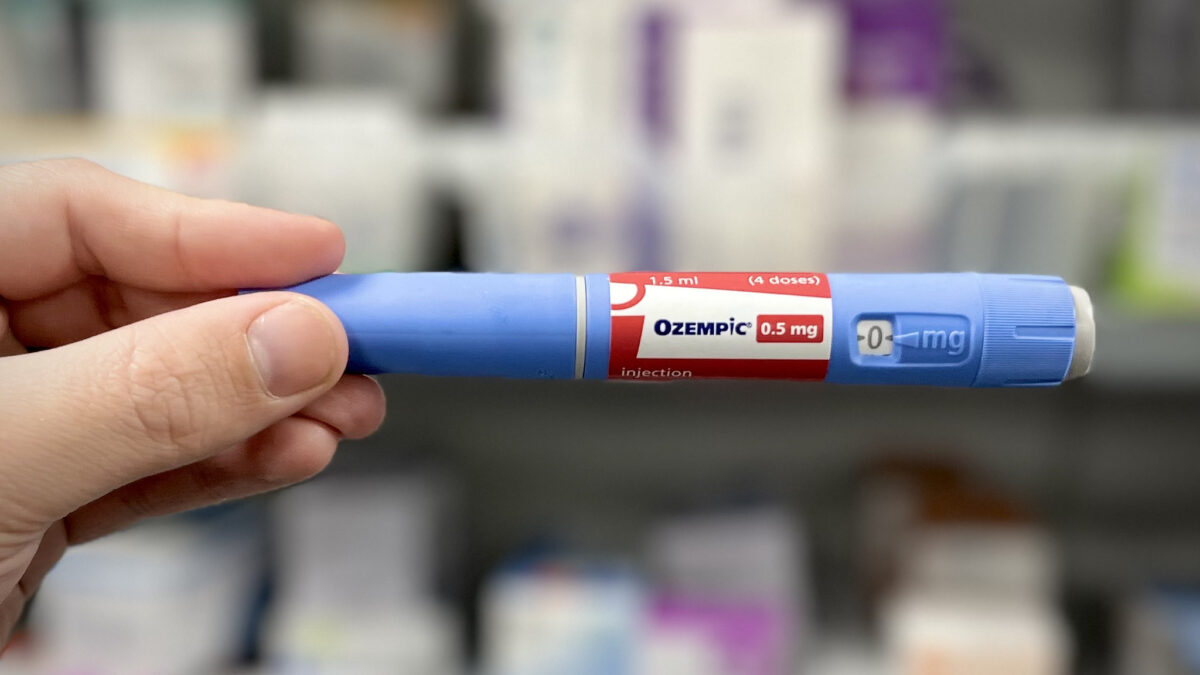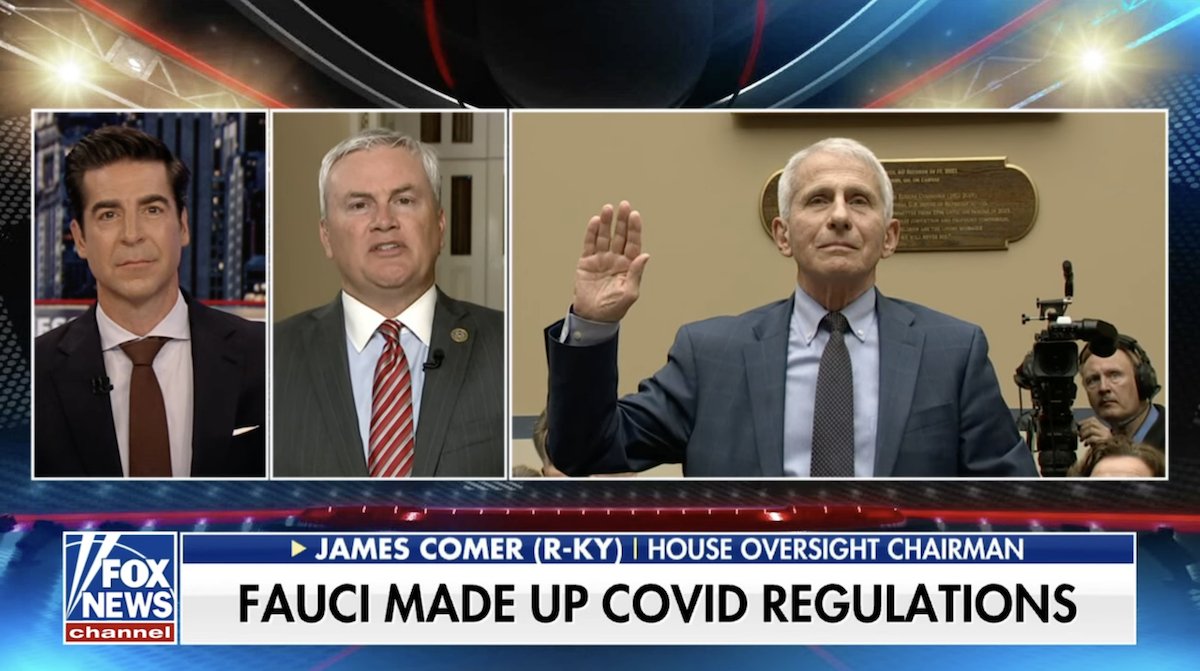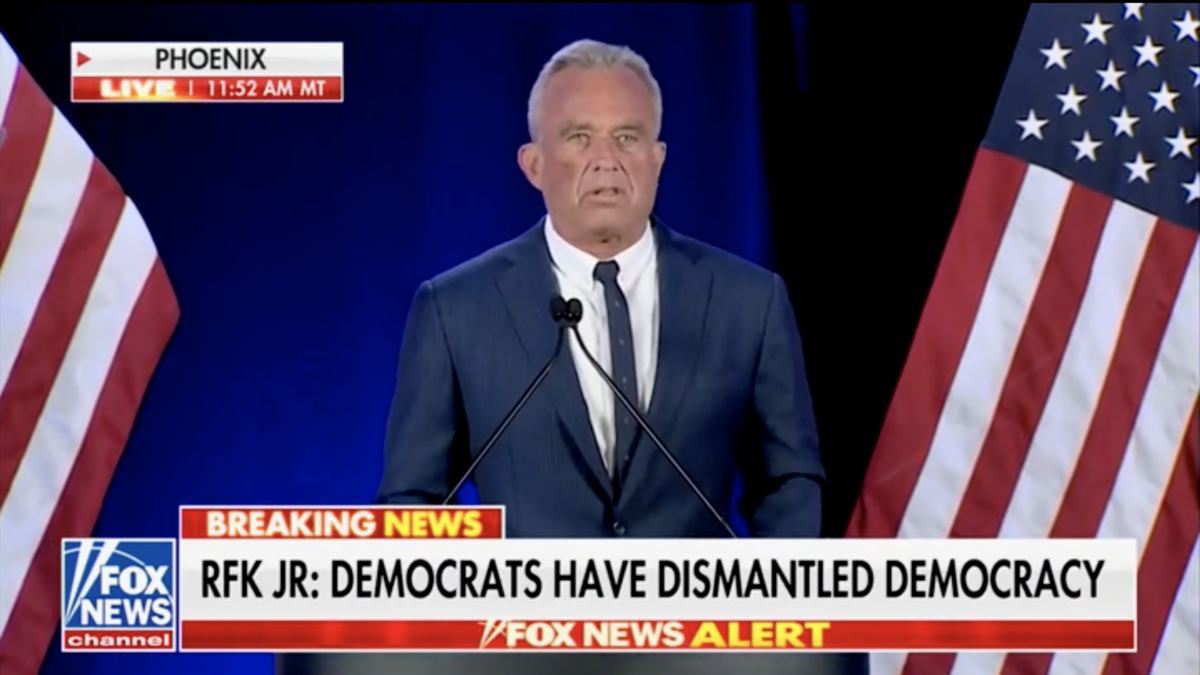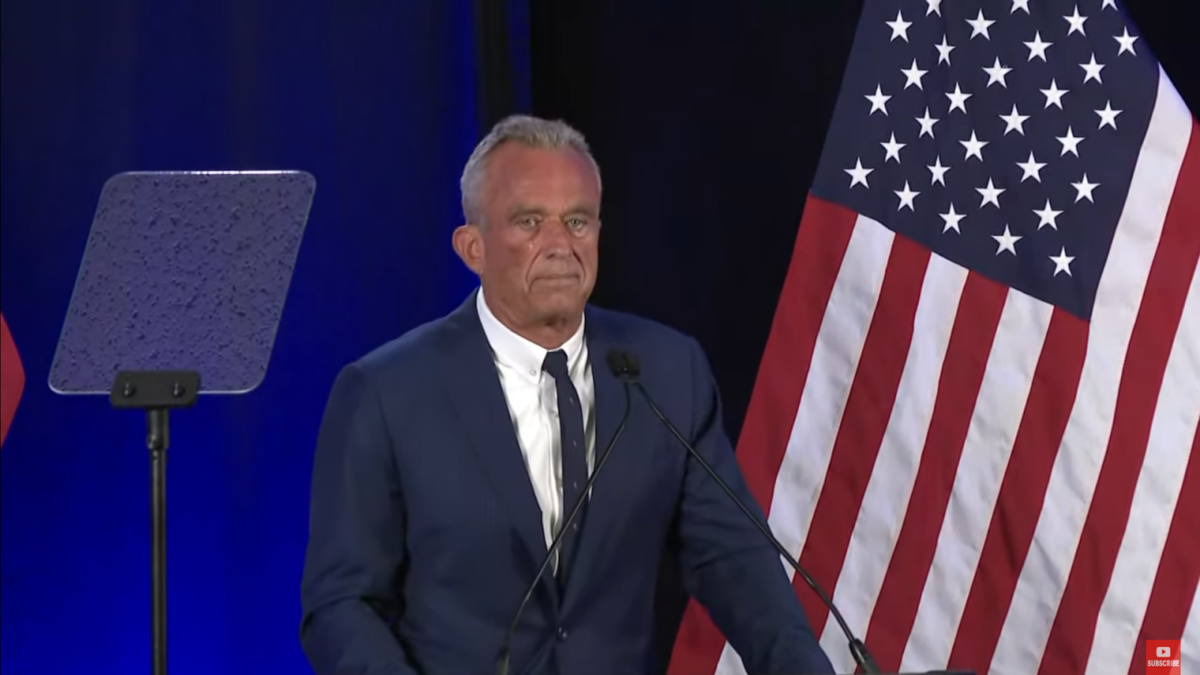
Two years ago, the Food and Drug Administration (FDA) launched a total war on the use of electronic cigarettes, declaring a fabricated epidemic in teenage vaping. E-cigarette manufacturers were raided, new federal regulations were implemented, and a misinformation campaign was waged on the public from the health agencies that claim to serve them, scaring millions of Americans from making a life-saving switch while the nation sat vulnerable to a pandemic.
The declaration was just the latest of a decade-long effort from the FDA and the Centers for Disease Control (CDC) to curb electronic cigarette products in the name of sticking it to “Big Tobacco.” They really impeded progress on combatting the number one cause of preventable death in the United States. According to the CDC, smoking kills 480,000 people every year in the United States.
Contrary to the federal government’s claims, an epidemic in adolescent vaping doesn’t exist.
At first glance, the CDC data the FDA cited to declare such a public health crisis justified the moral panic. From, 2011 to 2018, the year the FDA made the declaration, “current e-cigarette use” among high school students shot up from 1.5 percent to nearly 21 percent, with an estimated more than 3 million teens reporting usage. Shocking indeed, but misleadingly so.
The CDC defines “current e-cigarette use” in its studies on teen vaping as an individual who has vaped just once in a 30-day period, therefore including those who have simply tried the products but are not habitual users. Experimenting with an electronic cigarette once at a party to look cool in front of your friends hardly makes for a habitual user justifying the declaration of a nationwide epidemic. In fact, recent CDC data has shown only 6 percent of high school students surveyed were frequent users who vaped 20-30 times a month.
Still, the FDA under the direction of Scott Gottlieb began its crusade against products that have proven far less harmful than combustible cigarettes and are the most effective tools for smoking cessation by exploiting a made-up teenage crisis in vaping. A landmark 2015 study conducted by the British government found that vaping is 95 percent safer than using traditional combustible cigarettes.
Disregarding the benefits of electronic cigarettes, the United States’ preeminent public health agencies poured enormous resources into combatting these life-saving devices while turning a blind eye to pandemic threats.
In contrast, by now it’s painfully obvious that the CDC and FDA were caught off-guard by the genuine epidemic stemming from the novel coronavirus. Testing capacity was woefully inadequate, the federal agencies blocked states and universities from conducting tests of their own, tests initially supplied by the CDC didn’t work, and the American people were misguided on preventative measures to slow the spread.
Meanwhile, funding for pandemic initiatives within the CDC to fend off infectious diseases, the entire purpose of the federal health agency, lacked nearly as many resources as its campaign against vaping and other chronic diseases brought about primarily by lifestyle choices.
In 2019, the CDC spent almost $1.2 billion on “Chronic disease prevention and health promotion,” allocating $210 million specifically towards funding on anti-tobacco initiatives, including its war on vaping. Funding for “immunization and respiratory diseases” and “public health preparedness,” projects each hovered around $800 million.
Michelle Minton, a senior fellow at the conservative-leaning Competitive Enterprise Institute who specializes in consumer policy and regulatory issues, told The Federalist the CDC and FDA failures in the wake of the novel coronavirus are a direct result of having shifted their attention away from deadly infectious diseases to concentrate on “diseases by and large caused by the person.”
“Their focus is on chronic diseases,” said Minton “Their myopic focus is really what left us unprepared.”
Minton argues that on vaping in particular, the government has “functionally just wasted their money” by hyping vaping hysteria among the nation’s young people. That in fact has likely driven more kids to experiment with the products.
“What is says to kids,” Minton said of the government’s anti-vaping campaign, “is everybody’s doing it.”
Dr. Michael Siegel of Boston University, one of the nation’s top experts on youth and tobacco use, contends that the CDC “lost sight of their core function.” The danger of perpetuating a moral panic over vaping, beyond keeping millions of Americans hooked on cigarettes, Siegel told The Federalist, is the risk that Americans lose confidence in their public health officials when they need it the most, as in today’s crisis.
Society, Siegel said, “needs the public to be trusting what the CDC says and the precautions that need to be taken.” If the CDC continues to hype risks associated with vaping however, the institution’s credibility will continue to be jeopardized as it also struggles with its own missteps over the Wuhan virus.









